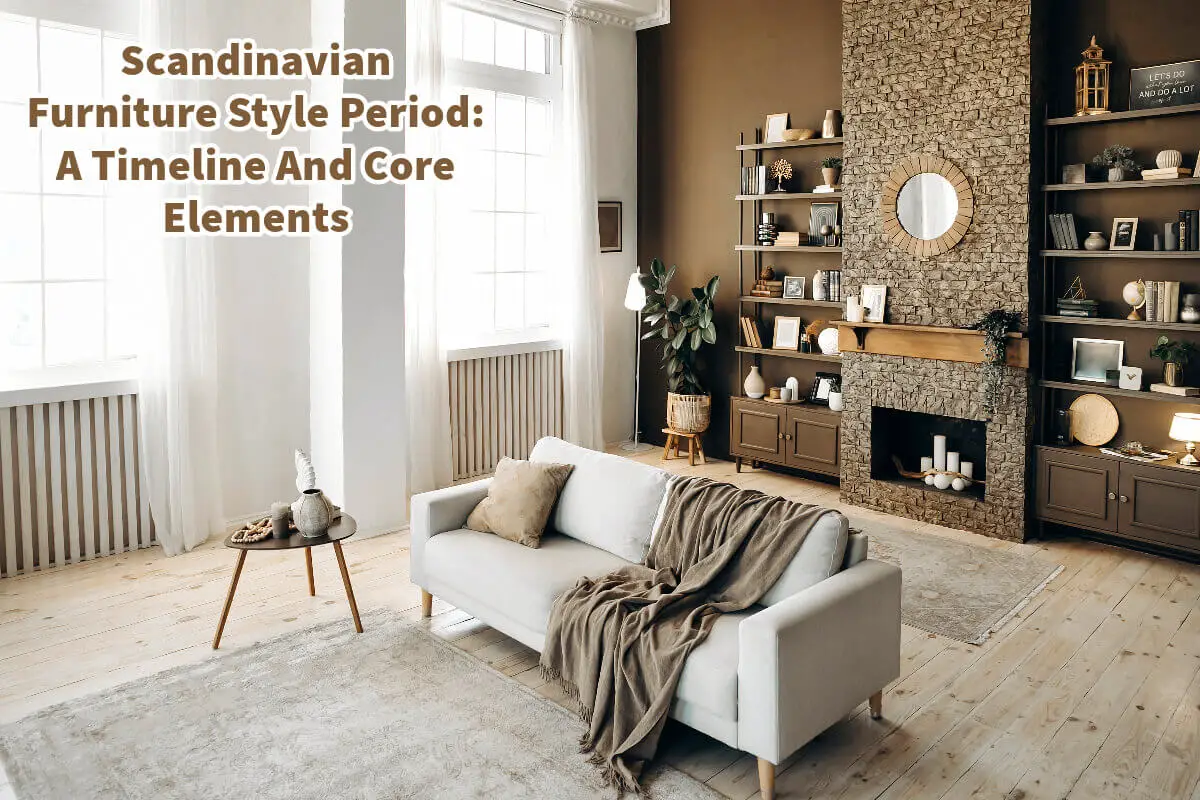With a Swedish mother, I’ve had the privilege of spending time in Sweden, where I developed a deep appreciation for Scandinavian design. I love the look of the Scandinavian style and trend.
Globally recognized for its perfect balance of simplicity, function, and beauty, this Nordic-rooted style has captivated audiences worldwide with its enduring charm and inherent warmth. Read on as we explore the history, timeline, essential elements, signature hues, and the ever-growing popularity of this design approach.
Table of Contents
- The Evolution Of Scandinavian Furniture Style Through Time: A Timeline
- Key Elements of Scandinavian Design Explored
- Related Content
The Evolution Of Scandinavian Furniture Style Through Time: A Timeline
Scandinavian design, a movement renowned for its simplicity, minimalism, and functionality, has dominated design for nearly a century. Originating in the early 20th century, this design style has seen various eras of transformation, solidifying its place in household and industrial design.
Read on as we provide a detailed timeline of the different eras in the evolution of Scandinavian design, focusing primarily on its contribution to furniture.
Early Beginnings (1910s – 1930s)
The roots of Scandinavian design can be traced back to the early 20th century. During this time, the Nordic countries already leaned towards functionalism and modernism.
However, the emphasis was more on craftsmanship and less on industrial production. The design philosophy was influenced by the socio-economic conditions and the scarcity of resources, which promoted the idea of creating durable, functional, and affordable furniture.
Flourishing In The 1950s
The 1950s was the decade when Scandinavian design flourished and gained international recognition. Post-World War II, the design style went through a democratization process, aiming to make high-quality design accessible to everyone.
Established in 1951, the Lunning Prize was a prestigious award given to outstanding Scandinavian designers, putting names like Alvar Aalto and Arne Jacobsen on the global map. Iconic furniture pieces like the “Egg Chair” and “Panton Chair” emerged during this era.
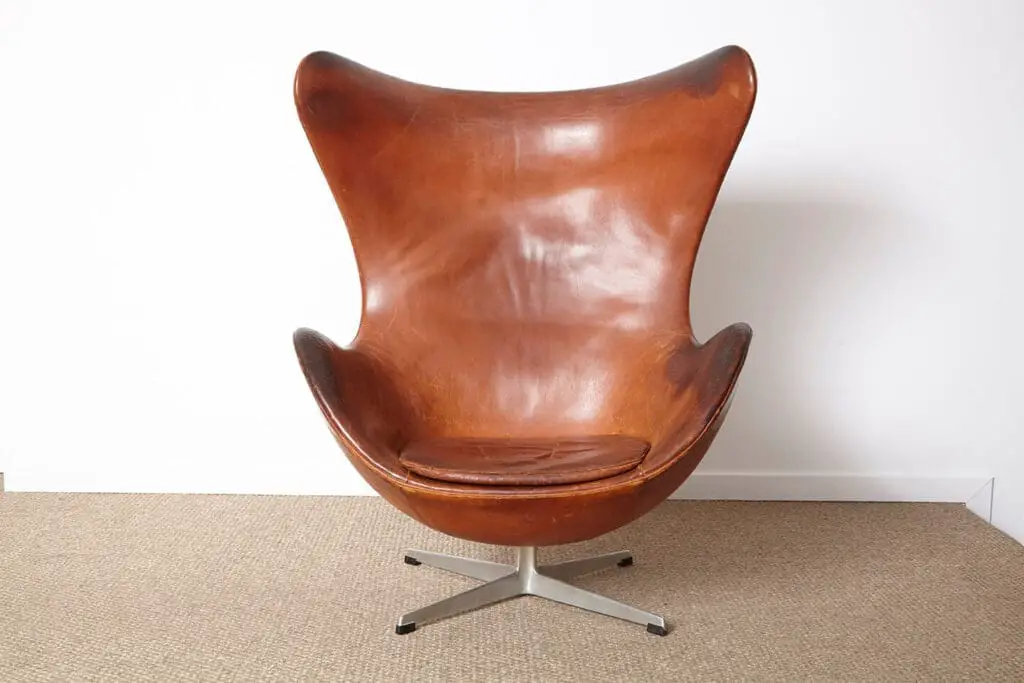
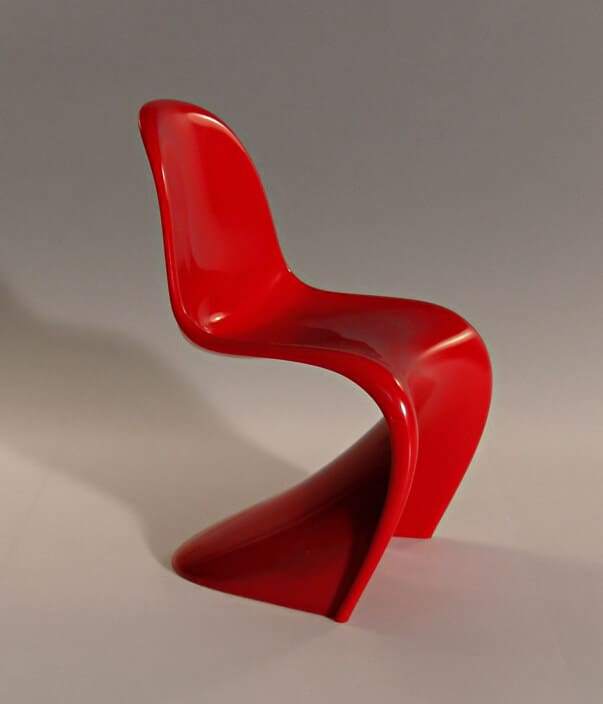
The 1960s And 1970s: The Era Of Experimentation
During the 1960s and 1970s, designers started experimenting, integrating new materials like plastic, steel, and glass into their creations. The focus shifted slightly from pure functionalism to also include aesthetic appeal.
However, the essence of simplicity and minimalism remained intact. Popular designs like Verner Panton’s “S” chair, made entirely of plastic, were revolutionary for this period.
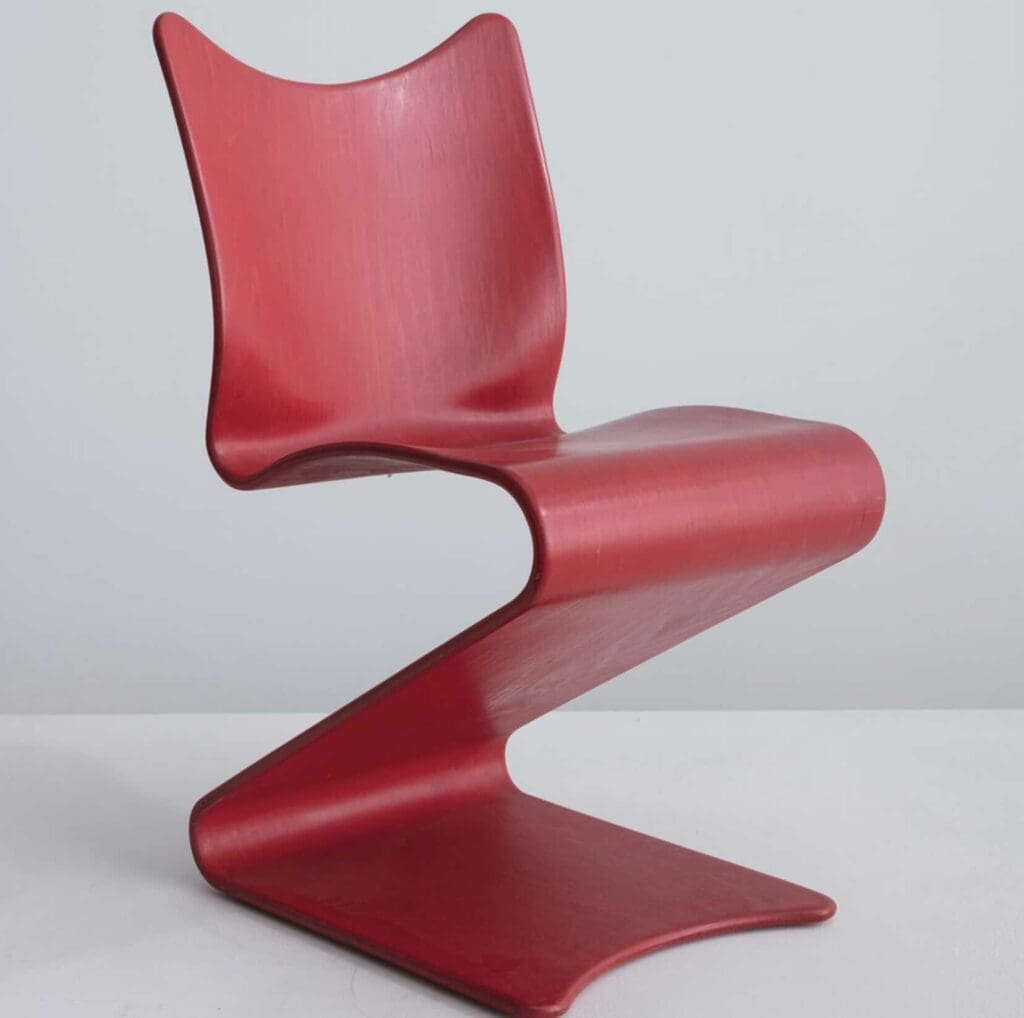
1980s: A Step Towards Postmodernism
The 1980s witnessed a blend of traditional Scandinavian design elements with postmodern features. Designers began to play with forms, textures, and colors, pushing the boundaries of what Scandinavian design had traditionally been. Despite this, the functional aspect remained a cornerstone of the design philosophy.
1990s to Early 2000s: Tech And Minimalism
In the late 1990s and early 2000s, Scandinavian design began extending its reach into industrial design, most notably in consumer electronics and mobile phones.
Brands like Nokia and Bang & Olufsen became representatives of Scandinavian design in the tech world. The design principles remained the same: clean lines, minimalistic forms, and an emphasis on functionality.
The 2010s: The Rise Of “New Nordic”
The term “New Nordic” gained prominence in the 2010s, encompassing not just design but also cuisine and fashion. Sustainability became a key focus, and natural materials like wood and stone returned to the spotlight.
The era also saw a revival of mid-century modern pieces as new generations developed an appreciation for classic Scandinavian design.
Present Day: A Timeless Appeal
Scandinavian design maintains its global appeal today, influencing household and industrial design sectors. The simplicity, functionality, and sustainability ethos endure, proving that good design is timeless.
Scandinavian design has gone through a remarkable journey from its humble beginnings in the early 20th century to its pervasive influence today. Its defining characteristics—simplicity, minimalism, and functionality—have stood the test of time, adapting to the needs and tastes of multiple generations.
Key Elements of Scandinavian Design Explored
The key elements of Scandinavian design are rooted in a philosophy that emphasizes a harmonious blend of function and aesthetics, creating practical and visually pleasing spaces.
Here are some of the core principles:
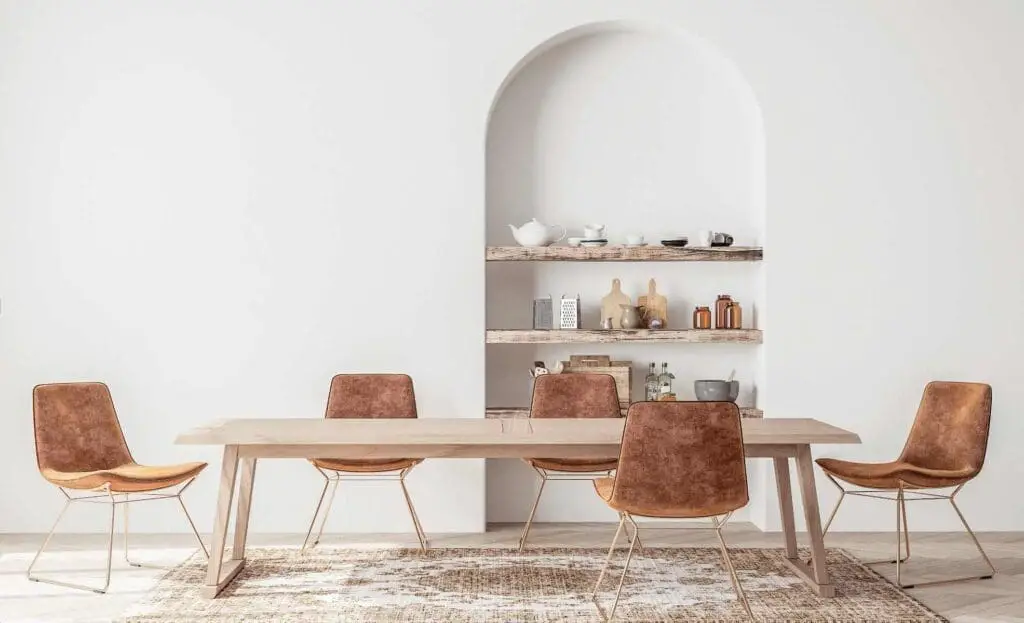
Simplicity:
Scandinavian design is known for its minimalistic approach. The emphasis is on clean lines and a lack of clutter, which gives the room a serene and organized feel. Less is more in this design paradigm.
Functionality:
Every piece of furniture or decor serves a purpose. Whether it’s a multi-functional piece of furniture or a simple, elegant light fixture, the focus is on usability, ease of access, and improving daily life.
Natural Materials:
Wood, notably lighter shades like pine, birch, and oak, are commonly used in Scandinavian interiors. These natural elements bring warmth and texture into spaces, contrasted often with materials like leather, wool, or linen.
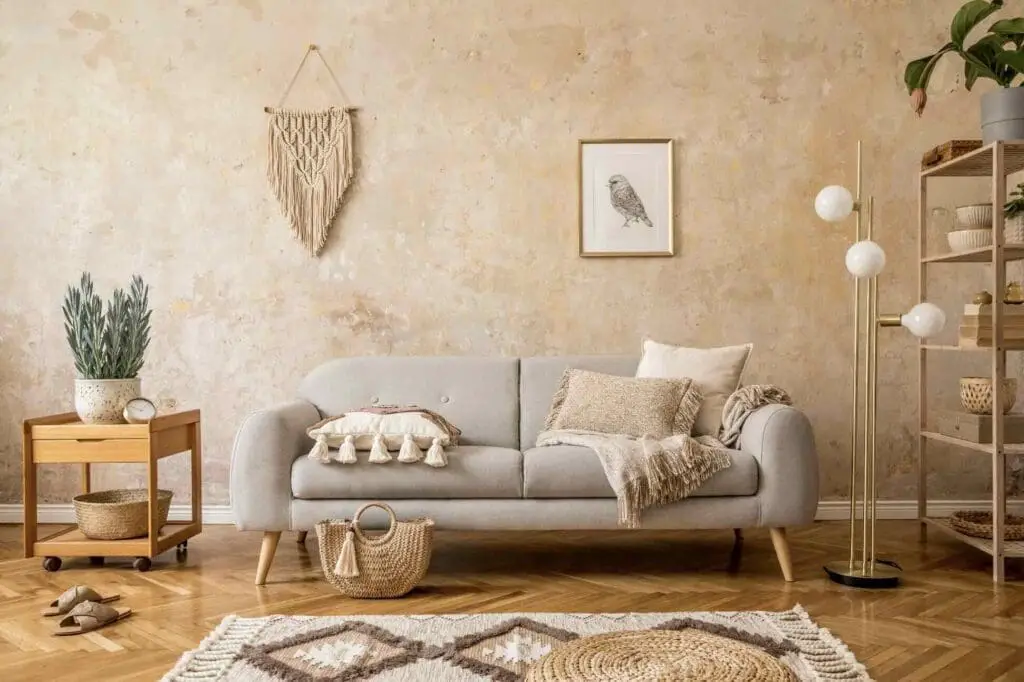
Lighting:
Given Nordic countries’ long, dark winters, lighting is crucial. Natural light is maximized, and artificial lighting is carefully planned to create a warm, cozy atmosphere. Pendant lamps, understated chandeliers, and well-placed floor lamps are staples.
Neutral Colors:
The color palette is typically neutral, dominated by whites, grays, blacks, and tans. These muted tones serve as a backdrop for occasional splashes of color—usually from natural elements like plants or more vibrant textiles.
Open Spaces:
Scandinavian design often features open floor plans to create a sense of flow and spaciousness. This also allows for better circulation of light and air.
Quality Over Quantity:
Durability and longevity are prized over cheap, disposable items. The focus is on fewer, high-quality pieces that can withstand the test of time.
Coziness (Hygge):
Often described by the Danish word “Hygge,” this concept refers to the overall sense of comfort and coziness the design aims to provide. Soft textiles like throws and cushions and elements like fireplaces contribute to this feeling.
Natural Elements:
Besides wood, bringing the outdoors in is a common feature—through large windows, plants, or natural fibers in textiles and decor.
Clean Geometry:
Shapes and lines in Scandinavian design are often geometric, focusing on horizontal and vertical lines. This simplicity in form adds to the overall minimalist aesthetic.
These fundamental elements work harmoniously to create interiors as comfortable and functional as they are visually pleasing, making Scandinavian design an enduring trend with a timeless appeal.
Whether in furniture, textiles, or consumer electronics, the legacy of Scandinavian design is as relevant today as it was a century ago, truly embodying the essence of timeless appeal.
By understanding the different eras that have shaped Scandinavian design, one gains a deeper appreciation for the nuances and principles that continue to make it a globally influential design philosophy.
If you’re interested in producing Scandi furniture for export and manufacturing, we at Mondoro would be delighted to discuss how we can assist you.
Find out more about how Mondoro can help you create, develop, and manufacture excellent home decor and furniture products – don’t hesitate to contact me, Anita. Check out my email by clicking here or become a part of our community and join our newsletter by clicking here.
Mondoro gives out a FREE Lookbook to anyone interested. You can receive a copy of our latest Lookbook by clicking here.
Listen to our Podcast called Global Trade Gal. You can find it on all major podcast platforms. Try out listening to one of our podcasts by clicking here.
Subscribe to our Mondoro Company Limited YouTube Channel with great videos and information by clicking here.
Related Content
Home Interior Mirror Ideas, Manufacturing Home Decor Mirrors
Many Interior designers use mirrors to help them with their decorating. This is because a mirror can become a design focal point for any room. A mirror can help brighten a dark space and make a room look larger.
You can learn more by reading our blog, Home Interior Mirror Ideas, Manufacturing Home Decor Mirrors, by clicking here.
How To Manufacture Vietnamese Lacquerware?
Vietnamese lacquer requires many manufacturing steps in the lacquer production process, including making the base, preparing the lacquer base to be applied, and finally applying the lacquer paint onto the surface. Every piece must be carefully sanded to give it a very smooth surface. Vietnamese lacquerware production requires a lot of skill and knowledge.
To learn more, you can read How to Manufacture Vietnamese Lacquerware? An Insider’s Guide to Lacquer by clicking here.
What Is Gold Leafing Used In Home Decor Products?
The gold leaf is hammered gold. Some gold leaf manufactured today is hammered copper or gold mixed with other metals and alloys. The gold leaf is manufactured by gold beating. Gold beating is beating or pressing the gold into fragile sheets of paper.
You can discover more by reading What is Gold Leafing Used in Home Decor Products? by clicking here.

